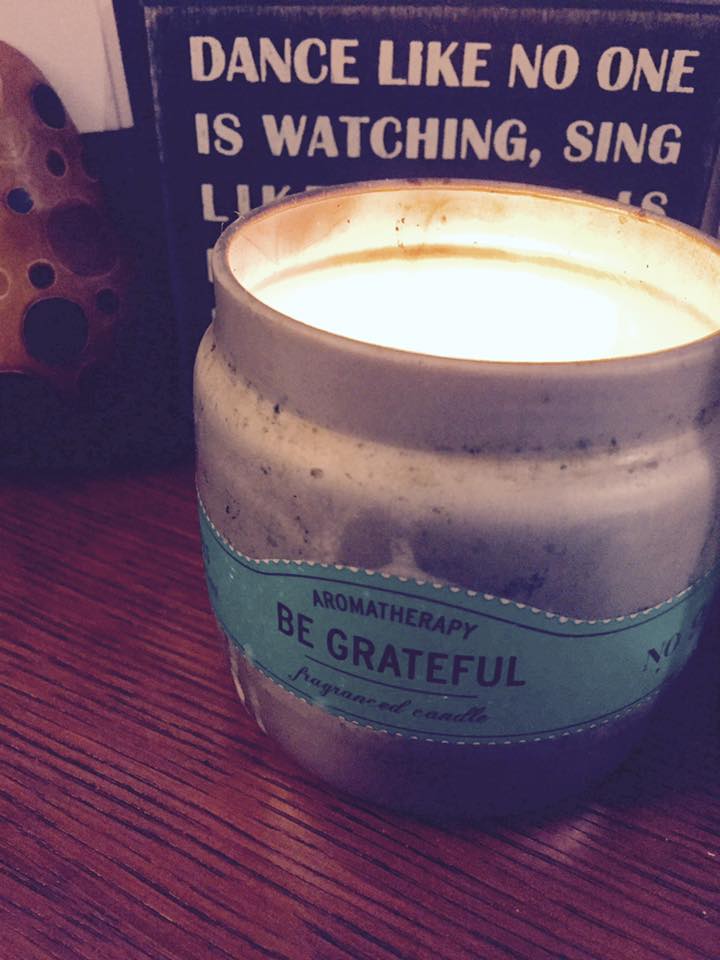Overheard in the grocery store:
“As much as I am so sick of homework battles and driving around town, I am NOT looking forward to having them all around ALL DAY…”
I don’t know this Mama, but I am pretty sure she didn’t truly mean this. Maybe just the homework battles or driving part. Or maybe she really did mean the whole messy transition and subsequent two months of summer.
Remember how exciting the end of school and start of summer was when you were in school? Most kids are thrilled, even those who love school. Teachers LOVE the anticipation and slower pace. It’s often a life- and career-saver! Parents often cringe at this change.
Why? People tend not to like change. Change means we need to switch gears, adapt to a new routine (which may take a good chunk of summer to even find), and find a new equilibrium or something close to an equilibrium. That may mean more kids under our roofs and at our feet, the juggle of working from home or office, getting kids where they need to be, financing summer activities, facilitating and tolerating the boredom they wrestle with, learning to let go a little as they try new things and test new limits.
It’s not actually the “change” to summer that makes us stressed but the transition that is icky. Transitions are sticky for all of us – whether it is the schedule, relationships, yoga poses or our diet/health routines. Transitions are where we falter, fight and usually, grow. It takes time, patience and perseverance to hobble through the transition and make it to the other side. It’s ridiculously easy to give up when you’re wrestling with change.
 I’m tempted throw in the transition towel on a regular basis. Recently, we rescued a sweet, very anxious, puppy. We kept to all the training guidelines to ease Toby in the first few days: a regular schedule, a few safe places to rest and run, a comfortable distance from the three cats. By taking this transition carefully, he began to warm up and settle in. By day five, I had let him off the leash inside and he jumped on our bed. I was cool with that, but we had agreed, he wouldn’t sleep there. The evening of day six, Toby was resting on the bed after a vigorous game of fetch as I read in bed. I dozed off, as did he. I awoke later and was plenty comfortable, so I left him. I wasn’t willing to transition myself out of my cocoon, nor could I summon the energy to maintain to the shelter-to-home transition we had worked so hard to establish. Fortunately, my husband has much greater resolve in this area and by day seven, we were back on our nighttime routine.
I’m tempted throw in the transition towel on a regular basis. Recently, we rescued a sweet, very anxious, puppy. We kept to all the training guidelines to ease Toby in the first few days: a regular schedule, a few safe places to rest and run, a comfortable distance from the three cats. By taking this transition carefully, he began to warm up and settle in. By day five, I had let him off the leash inside and he jumped on our bed. I was cool with that, but we had agreed, he wouldn’t sleep there. The evening of day six, Toby was resting on the bed after a vigorous game of fetch as I read in bed. I dozed off, as did he. I awoke later and was plenty comfortable, so I left him. I wasn’t willing to transition myself out of my cocoon, nor could I summon the energy to maintain to the shelter-to-home transition we had worked so hard to establish. Fortunately, my husband has much greater resolve in this area and by day seven, we were back on our nighttime routine.
 And then there’s yoga. When I practice yoga, I find myself fighting transitions ALL THE TIME. Poses are hard, they are uncomfortable. My aging body hurts or those squirrels in my head are dashing in circles. Honestly, I don’t always want to be practicing, but I know it’s good for me (and those around me). And that little heckler on my shoulder makes it much more challenging to stick with the tricky transitions than my body does. She’s told me for years shoulder stand is just not possible because twenty years ago, those chunky toddlers caused some tendonitis in my shoulder. Or that I don’t have core strength. Or the studio is too hot. Or whatever the complaint du jour might be. But one day, I wiggle and wobble and falter before nailing it for five long seconds. Getting there was ugly, but being there was not so bad. As the neutral observer when I teach, I get to learn so much about what humans struggle with when things are changing. Mountain pose is fairly doable for most. Lifting one knee so it’s parallel to the floor, not always, and the wobble begins. The mind-chatter amasses reasons why and continues into reasons why tree or warrior three will DEFINITELY not be happening. Keeping a focus, breathing, showing self-compassion balanced with discipline, helps. Then softening somewhere, accepting the wobble, allows most yogis to get into some version of the pose. Leaning into the wobble and ick often makes the transition palatable, if not doable. A smile helps, too.
And then there’s yoga. When I practice yoga, I find myself fighting transitions ALL THE TIME. Poses are hard, they are uncomfortable. My aging body hurts or those squirrels in my head are dashing in circles. Honestly, I don’t always want to be practicing, but I know it’s good for me (and those around me). And that little heckler on my shoulder makes it much more challenging to stick with the tricky transitions than my body does. She’s told me for years shoulder stand is just not possible because twenty years ago, those chunky toddlers caused some tendonitis in my shoulder. Or that I don’t have core strength. Or the studio is too hot. Or whatever the complaint du jour might be. But one day, I wiggle and wobble and falter before nailing it for five long seconds. Getting there was ugly, but being there was not so bad. As the neutral observer when I teach, I get to learn so much about what humans struggle with when things are changing. Mountain pose is fairly doable for most. Lifting one knee so it’s parallel to the floor, not always, and the wobble begins. The mind-chatter amasses reasons why and continues into reasons why tree or warrior three will DEFINITELY not be happening. Keeping a focus, breathing, showing self-compassion balanced with discipline, helps. Then softening somewhere, accepting the wobble, allows most yogis to get into some version of the pose. Leaning into the wobble and ick often makes the transition palatable, if not doable. A smile helps, too.
Same with the school to summer transitions. Here are six tips for leaning in and softening into the challenge, while keeping a focused determination to make the most of this transition and the coming weeks.
- Allow for downtime: Who’s NOT tired at the end of the year? Sleep late. Eat breakfast for dinner or eat sandwiches in the yard while watching for fireflies.
- Talk together about the schedule: Map big dates, weekly and daily targets (I call these rocks and blocks – more soon on this!). Make it manageable and flexible.
- Decide and assign on chores: Most classrooms have these and kids of all ages are capable of helping out. If you have high expectations for household tidiness, consider being flexible here if your kids are now doing their own laundry, accept that you will find some unfolded or left in the dryer after it buzzes. but they are owning this work and it is getting done
- Set small and attainable goals: This means for yourself and the fam. If summer reading tends to be a bit of a plague, rather than saying “read 12 books this summer,” how about “we’ll go to the library this week” or “this week we’ll set up a cozy spot to read in the house.” These foundational steps get the ball rolling and off to a positive start!
- Let go of the negativity bias: Humans tend fo focus on what does awry. Each day, notice what is going well. Maybe the first week, people are sleeping in a bit and resting more. Yay! Pay attention to what is working and acknowledge that. Heck, CELEBRATE it!
- Have compassion: Summer, like all transitions and changes, won’t last. Change is hard and manifests in many ways – off-kilter behavior, frustration, tears, tension, sleep. Whatever it is, let it just unfold for a bit, acknowledge it and then set a plan so a new routine can unfold. Summers that your kids are home won’t last either. There will be camps, jobs, college, and adulthood. Make the most of the summer days, starting today.
Like what you’ve read? Please do me a favor….sign up to stay in touch (scroll on down to the bottom of the page). Share with friends who might also be interested, including on your social media. I so appreciate you helping me grow this tribe!
Take care,











